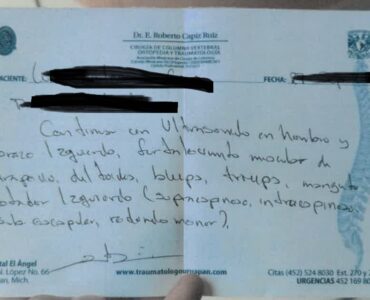In the world of translation, quality is paramount. Because a poor translation can have disastrous results. For example, if a medical doctor uses a medical device incorrectly. Or, if a drug is administered in the wrong way. Or if a technician uses electricity in the wrong way. A poor translation can have fatal consequences or result in financial damage. That’s why translation companies take such care to deliver flawless translations. And as a customer, quality should be your primary objective whenever you order translation services.
Are there tools that automate translation quality control?
While there is no single software tool that automates improvement of translation quality, there are a number of tools that can be used to reduce translation errors and improve the quality of translation.
Spelling and Grammar Checkers
Spell checking tools are built in to MS Office applications and are available for most other text editing applications as well. More importantly, these tools are available for most languages. Running a translation through a spelling and grammar checker will eliminate many errors.
Terminology Management Tools
A term base stores translations of domain- and industry-specific terminology. Using these tools will maintain consistency in the use of terminology, which is a critical component of a high-quality translation. Terminology management software is typically bundled into CAT tools such as SDL Trados and Memsource.
Translation Memory Software
TM software, which is the central component of a CAT tool, is very important to the success and quality of a translation. Similar to a term base, the TM tool promotes consistency in the translation of phrases and sentences. Using a TM tool practically eliminates the possibility of skipped segments, since the translator is guided through the document line-by-line. And having a TM makes for more efficient and stringent review of the translation by other translators and editors.
Are there automated tools for grading the quality of a translation?
Although a number of translation companies state that they have such tools, at the time of writing there is no tool that automatically grades the quality of a translation. One company that states that it has such a tool is Lionbridge subsidiary Gengo.
To check the quality of translations, our Language Specialists use GoCheck, a proprietary software tool based on a carefully designed algorithm. This tool allows us to identify and classify errors in a translation and evaluate the overall quality of a translation job, on a scale of 0 to 10.
We expect our translators to get a minimum score for each different quality level:
This score reflects the tolerance for errors at a particular level of translation.For a one-page text, a score of 8.0 may mean that the translation is largely accurate, with perfect spelling, grammar and punctuation, but has one mistranslation (a single word translated inaccurately) or contains a sentence with imperfect structure (that doesn’t sound “quite right”). However, the translation should be largely accurate and generally sound fluent and idiomatic.
But a closer look at the company website reveals that this statement is not quite correct:
GoCheck does not check for errors in a particular translation. Instead, the senior translators are the ones who mark errors and assess their severity (major or minor,) and then what the software does is calculate the score based on word count, and number of errors along with their severity. To put it simply, the software merely calculates the score based on the STs review, and therefore it would not be of much help in assisting translators to check their work. (from Gengo website).
To better understand how this “automated grading tool” works: each translation is reviewed by a separate senior translator. There are a number of metrics which the senior translator checks off and the data is entered into a table. A program collates the data and outputs a grade. So much for the “proprietary software tool based on a carefully designed algorithm.” In truth, many translation companies use a similar approach to grading a translation. Which leads to the following simple truth.
Translations should always be reviewed by an editor
Before you sign off on a translation, it should be reviewed by a second translator. This process is known as the four-eye principle. Using the automated tools described previously (spell check, termbase and TM) followed by a human review will usually result in a very high quality translation.
Using MT for translation quality review
Another way to check the quality of a translation is to translate it back to the original language using machine translation. This may reveal missing words, mistranslations and other errors. The problem with this method is that machine translation is not always accurate and may reveal “mistakes” which do not exist.
Is there such a thing as a perfect translation?
Converting words between different languages can be tricky. Some words have no equivalent in some other languages. And a translation should never read like a translation, as this can lead to awkward sentences and phrases. So a translator may need to take certain liberties with word structures and bend the words somewhat. But the bottom line is that every translator and translation company should strive for perfection and deliver a flawless translation every time.






